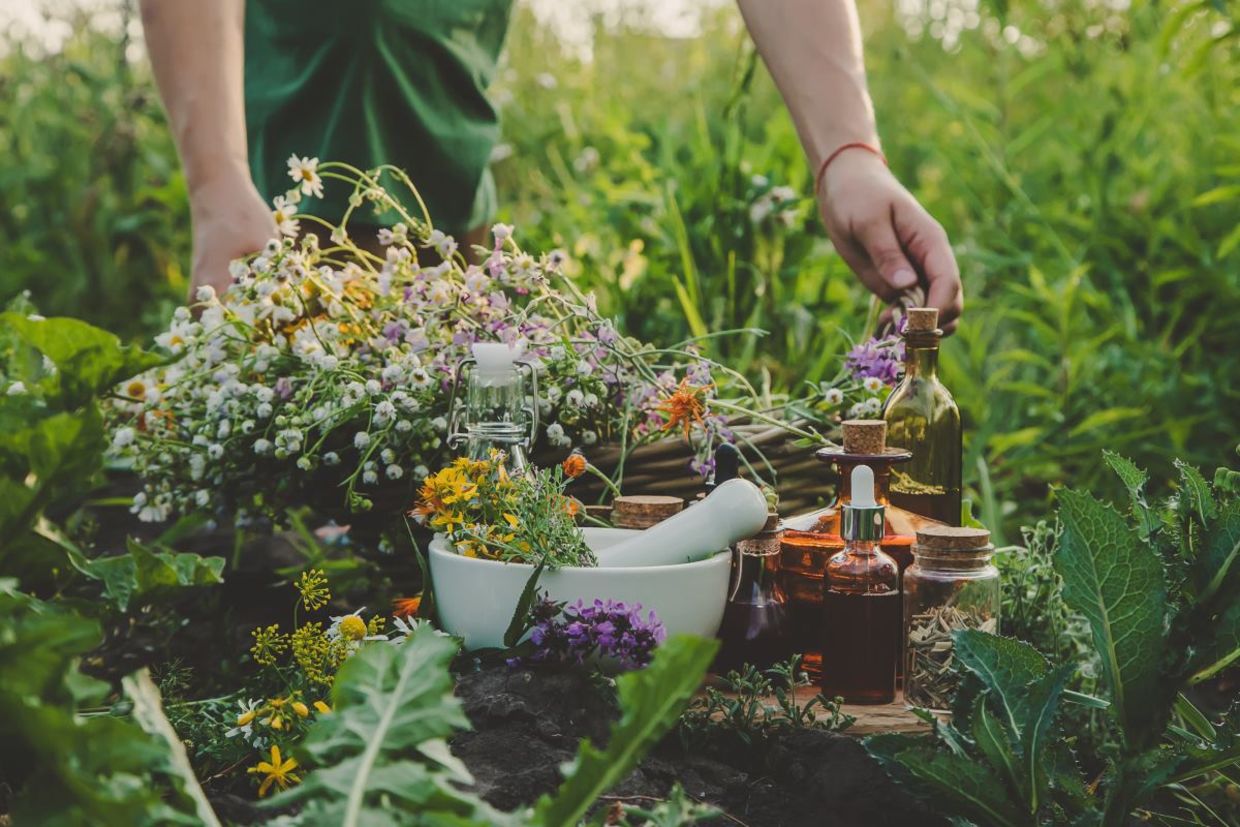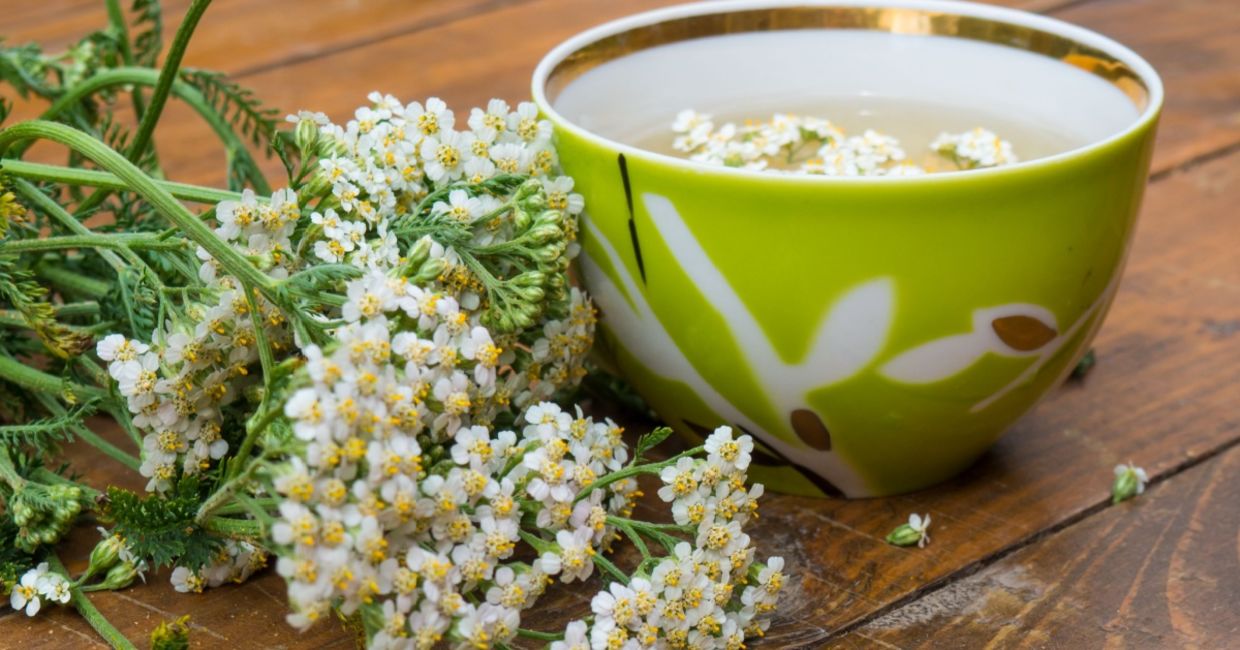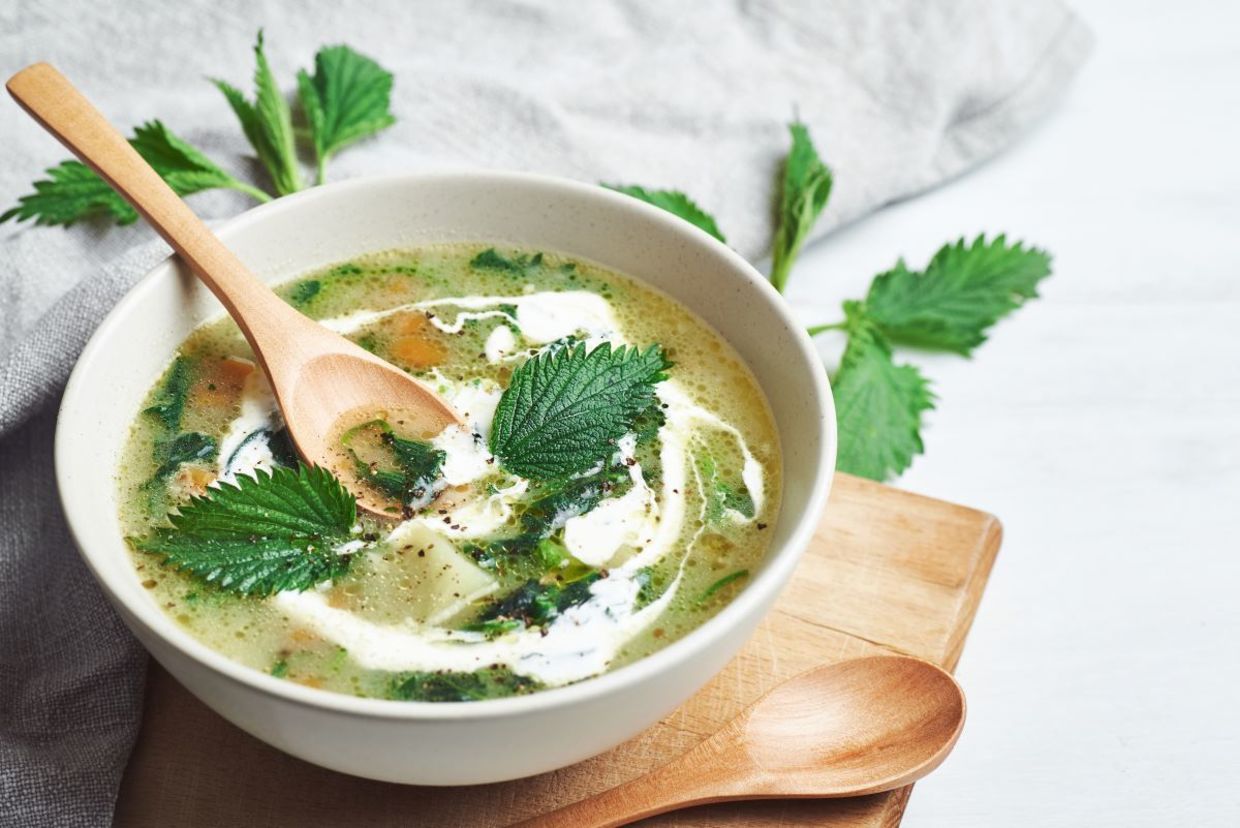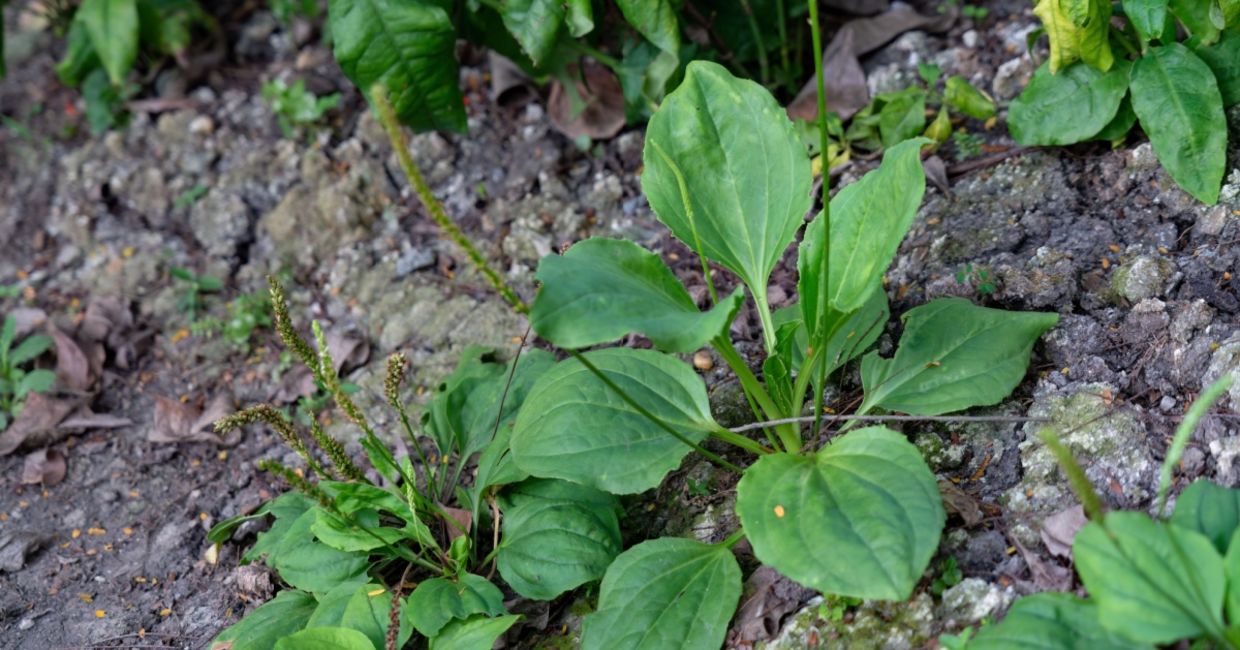
(Tatevosian Yana / Shutterstock.com)
Some of the most powerful remedies are right under your nose, or, more accurately, under your feet! People’s backyards often host a variety of plants commonly dismissed as weeds. These so-called unwanted plants don’t get the credit they deserve. In fact, many common weeds have many healing properties, according to a blog on the Southern Exposure Seed Exchange. Check out these five healing weeds that are found in your backyard and their surprising benefits.
Dandelion
These little yellow flowers pop up throughout grasslands in the springtime. And, while some may think of dandelions as pesky plants, they actually have many benefits! Dandelions contain lots of nutrients, like vitamins A, B, C, and D, as well as minerals, such as iron, potassium, and zinc. They may also help you detox and support digestion. You can harvest all parts of the plant, and use it fresh, dried for tinctures, as liquid extract, and teas.

(nbix / Shutterstock.com)
Yarrow
Take a second thought before you rid your garden of this useful plant. Although some call it a weed, yarrow has been used as a traditional medicine for centuries. According to the blog Our Permaculture Life, it could help support healthy sinuses and digestion. Rubbing yarrow on your skin may soothe insect bites and rashes. You’ll recognize yarrow for its delicate white flowers. Some use its young leaves to flavor salads and soups.

(badnews86dups / Shutterstock.com)
Nettle
Stinging hairs on the leaves and stems of nettles make this a tricky weed to harvest. But, if you break through its prickly exterior, you’ll open up a whole range of remedies, according to Healthline. Nettle contains lots of nutrients, such as vitamins A, C, K, and B as well as minerals calcium, iron, magnesium, phosphorus, potassium, and sodium. It has been used traditionally to reduce inflammation and support circulation.

(Beliphotos / Shutterstock.com)
Blue Porterweed
Small blue-purple flowers make blue porterweed a lovely addition to any garden, but they also have healthy benefits! According to the Florida School of Holistic Living, blue porterweed supports the digestive and respiratory systems as well as healthy skin. Traditionally harvested for its leaves and flowers, blue porterweed can be prepared as an infusion or decoction. Its mushroom-like taste makes it a popular herb for salads.
Broadleaf Plantain
This species of flowering plants springs up in lawns and gardens. Crush the leaves to release healing oils for insect stings and wounds and, according to Southern Exposure Seed Exchange, it may also help to reduce swelling. The plant has greenish flowers and large, oval-shaped leaves that can be eaten raw or cooked. Don’t be fooled! Despite sharing its name, this weed has no relation to plantain fruit, which is a type of banana.

(DragenWen / Shutterstock.com)







